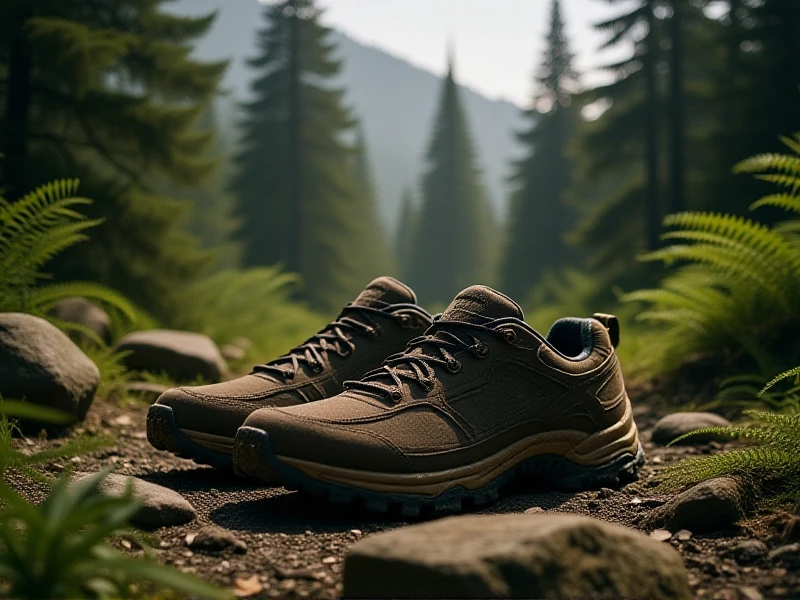The Ultimate Guide to Choosing Outdoor Sports Shoes: Traction, Comfort & Durability

Stepping off the pavement into the wild demands more than just enthusiasm; it demands footwear built for the challenge. Your ordinary sneakers won't cut it for tackling muddy trails, rocky scrambles, or unpredictable weather. Whether you're an avid hiker, a trail runner, or simply love exploring nature, investing in the right pair of outdoor sports shoes is crucial for performance, safety, and enjoyment.
What Makes Outdoor Sports Shoes Different?
Unlike their gym or street counterparts, outdoor sports shoes are engineered specifically for unpredictable terrain and variable conditions. Key features that set them apart:
- Superior Traction: This is paramount. Look for aggressive, multi-directional lug patterns on the sole made from sticky, durable rubber compounds like Vibram®. These lugs dig into soft soil, grip wet rocks, and provide stability on loose scree or gravel. Slip-and-fall prevention starts right underfoot.
- Enhanced Durability & Protection: Tough abrasion-resistant materials shield your feet from sharp rocks, roots, and debris. Synthetic leather, reinforced nylon mesh, and rubber toe bumpers are common features. Many styles also include rock plates – thin, flexible inserts in the midsole – to protect your feet from bruising on uneven ground.
- Weather Resistance: Encountering a stream crossing or sudden downpour? Water-resistant membranes (like Gore-Tex®) are vital for keeping feet dry, preventing blisters and discomfort. Breathable uppers are also essential to prevent sweat buildup and overheating during intense activity.
- Stability & Support: Uneven trails demand more ankle and arch support than flat pavements. Shorter, sturdy "approach" styles offer agility for scrambling, while taller hiking boots provide maximum ankle support for heavy loads or rugged terrain. Mid-height options offer a versatile middle ground.
- Responsive Cushioning: Protect your joints on rocky descents and long miles. Quality midsoles using EVA foam or specialized compounds (like Nike React, adidas Boost) absorb impact while providing energy return, reducing fatigue without sacrificing ground feel for stability.
Finding Your Perfect Pair
Consider your primary activity:
- Hiking: Prioritize ankle support (height depends on pack weight/terrain ruggedness), durability, waterproofing, and excellent traction.
- Trail Running: Focus on lightweight agility, responsive cushioning, breathability, aggressive traction specifically designed for forward motion and quick turns, and toe protection.
- Approach & Scrambling: Look for a sticky rubber sole for confidence on rock, a snug fit, torsional rigidity for edging, and toe protection. Often lower cut.
Don't Compromise on Fit: Always try on outdoor sports shoes with the socks you intend to wear. Ensure ample toe room (about a thumbnail's width), a secure heel lock to prevent slipping, and no uncomfortable pressure points. Walk on an incline/decline if possible. Comfort over miles is non-negotiable.
Don't let subpar footwear cut your adventure short. Investing in high-quality outdoor sports shoes specifically designed for the demands of nature ensures every step you take off the beaten path is confident, comfortable, and safe. Explore further, push your limits, and conquer any terrain with the right foundation underfoot. Your next adventure awaits – gear up right!